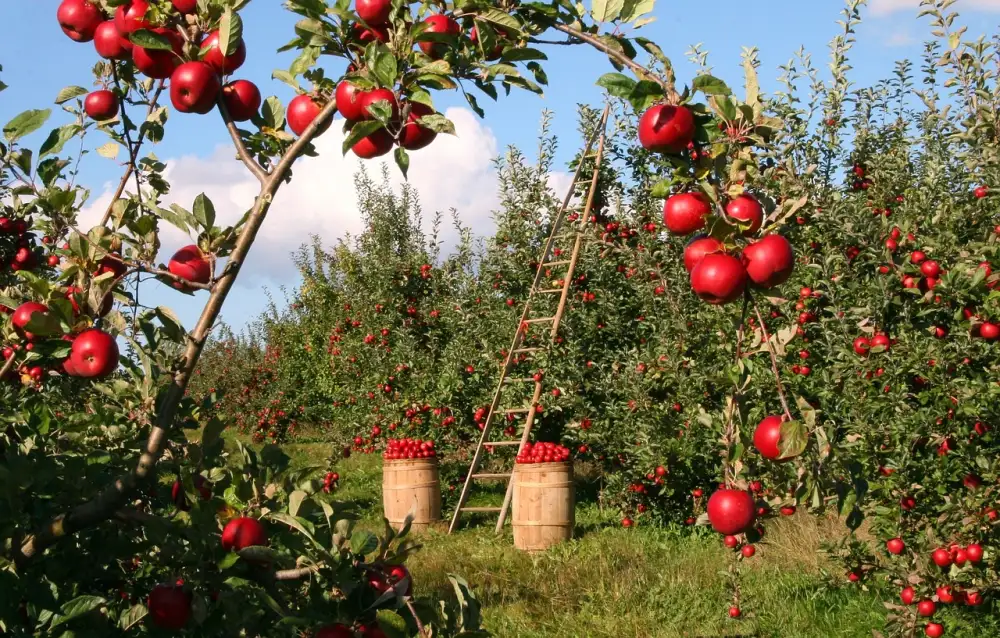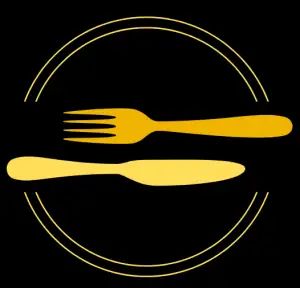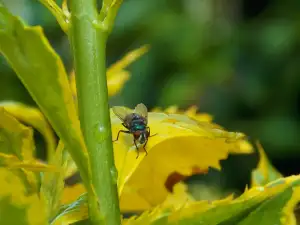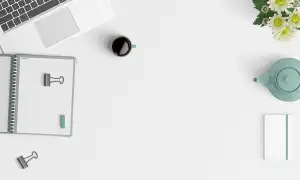Rhubarb Harvesting Guide: When and How to Harvest Rhubarb for Maximum Flavor

Rhubarb, with its vibrant red stalks and tart flavor, is a versatile and beloved ingredient in many dishes. To fully enjoy the deliciousness of rhubarb, it is important to know when and how to harvest it properly. In this guide, we will explore the growth cycle of rhubarb, signs of readiness for harvest, the best time to harvest, proper harvesting techniques, storing and preserving freshly harvested rhubarb, as well as tips for maximizing your rhubarb harvest. So let's dive in and discover how to make the most of this delightful plant!
Understanding Rhubarb Growth Cycle
To successfully harvest rhubarb, it is essential to understand its growth cycle. Rhubarb is a perennial plant that goes through distinct stages of growth each year. In the early spring, rhubarb emerges from the ground as small, red shoots. These shoots quickly develop into large, leafy plants with thick stalks.
During the summer months, rhubarb continues to grow and produce energy through photosynthesis. The leaves become larger and more vibrant, while the stalks thicken and gain their characteristic tart flavor. This period of growth is crucial for developing the best flavor in rhubarb.
As fall approaches, rhubarb begins to prepare for dormancy. The leaves start to turn yellow and wilt, signaling that the plant is entering its dormant phase. During this time, the plant stores nutrients in its roots to sustain itself throughout the winter.
Understanding these growth stages is important because harvesting rhubarb at the right time ensures maximum flavor and quality. Harvesting too early can result in underdeveloped stalks with a less intense flavor. On the other hand, waiting too long can lead to tough and fibrous stalks.
By familiarizing yourself with the growth cycle of rhubarb, you can make informed decisions about when to harvest this delicious vegetable and enjoy its full potential in your culinary creations.
Signs of Rhubarb Readiness for Harvest
Before you embark on harvesting your rhubarb, it's important to know when the plant is ready. Here are some signs to look out for:
1. Size and Color: Mature rhubarb stalks should be thick and have a vibrant color, usually ranging from deep red to green depending on the variety. Avoid harvesting thin or pale stalks as they may not have reached their full potential.
2. Firmness: Gently squeeze the stalks to check for firmness. They should feel sturdy and not easily bend or break. If the stalks are floppy or limp, they are not yet ready for harvest.
3. Leaf Development: Take note of the leaves attached to the stalks. Ideally, they should be fully developed with healthy green foliage. If the leaves are still small or underdeveloped, it's best to wait a bit longer before harvesting.
Remember, patience is key when it comes to rhubarb harvesting. Waiting for these signs ensures that you'll enjoy maximum flavor and quality in your dishes.
Best Time to Harvest Rhubarb
The best time to harvest rhubarb is when the stalks are thick and firm, usually in late spring or early summer. It's important to wait until the plant is at least two years old before harvesting to ensure a healthy and productive crop. Avoid harvesting rhubarb during its first year of growth to allow the plant to establish a strong root system. Harvesting too early can weaken the plant and reduce future yields. Remember, patience is key when it comes to rhubarb!
How to Harvest Rhubarb Properly
To harvest rhubarb properly, start by selecting mature stalks that are at least 10-15 inches long and have a good thickness. To avoid damaging the plant, gently grasp the stalk near the base and pull it away from the crown with a slight twisting motion. Never cut the stalks as this can invite disease.
It's important to leave a few stalks behind during each harvest to allow the plant to continue growing. Aim to harvest no more than one-third of the total stalks at any given time. This will ensure a healthy and continuous supply throughout the season.
Remember to remove any leaves attached to the harvested stalks as they are toxic and should never be consumed. Trim off any damaged or discolored parts of the stalk before using.
By following these harvesting techniques, you'll enjoy a bountiful supply of rhubarb while maintaining the health and productivity of your plants.
Storing and Preserving Freshly Harvested Rhubarb
After a successful rhubarb harvest, it's important to know how to store and preserve your freshly harvested rhubarb to maintain its flavor and quality. Here are some tips to help you make the most of your rhubarb harvest:
1. Trim the stalks: Start by removing any leaves from the stalks, as they can be toxic. Cut off the ends of the stalks as well.
2. Rinse and dry: Give the stalks a quick rinse under cold water to remove any dirt or debris. Pat them dry with a clean towel before proceeding.
3. Refrigerate: To keep your rhubarb fresh, wrap the stalks loosely in a damp paper towel or place them in a perforated plastic bag. Store them in the refrigerator for up to two weeks.
4. Freeze for later use: If you have more rhubarb than you can use right away, freezing is a great option. Simply chop the stalks into desired sizes, blanch them in boiling water for 1-2 minutes, then transfer them to an ice bath to cool quickly. Drain well and pack into freezer-safe containers or bags.
5. Make rhubarb compote: Another way to preserve your rhubarb is by making a delicious compote. Simmer chopped rhubarb with sugar and a splash of water until it softens and thickens slightly. Allow it to cool before transferring it into jars or containers for refrigeration or freezing.
By following these storing and preserving techniques, you can enjoy the tangy goodness of freshly harvested rhubarb long after its harvest season has ended.
Tips for Maximizing Rhubarb Harvest
1. Regularly fertilize: To ensure a bountiful harvest, feed your rhubarb plants with a balanced fertilizer in early spring and again after harvesting. This will provide them with the necessary nutrients to produce large, healthy stalks.
2. Mulch around the plants: Apply a layer of organic mulch, such as compost or straw, around the base of your rhubarb plants. This will help retain moisture in the soil, suppress weeds, and insulate the roots during extreme temperatures.
3. Avoid overharvesting: It's important not to harvest more than one-third of the plant's stalks at a time. Overharvesting can weaken the plant and reduce future yields. Leave some stalks intact to allow the plant to continue growing and storing energy for next year's harvest.
4. Remove flower stalks promptly: Rhubarb plants produce flower stalks that should be removed as soon as they appear. These flowers divert energy away from stalk production and can lead to smaller yields. Cut them off at their base to encourage more vigorous growth.
5. Divide overcrowded plants: If your rhubarb patch becomes overcrowded, it's time to divide the plants. Dig up the clump in early spring or late fall, separate it into smaller sections with healthy buds, and replant them in well-prepared soil. This will rejuvenate your plants and promote better growth.
By following these tips, you'll be able to maximize your rhubarb harvest and enjoy an abundance of delicious stalks throughout the season!
Harvesting rhubarb is an exciting and rewarding process, as it allows you to enjoy the delicious flavors of this versatile plant. By understanding the growth cycle and signs of readiness, you can ensure that you harvest your rhubarb at its peak flavor. Remember to use a sharp knife or shears to cut the stalks properly, leaving the leaves intact. After harvesting, store your rhubarb in the refrigerator or preserve it by freezing or canning. With these tips in mind, you can maximize your rhubarb harvest and create delightful dishes that celebrate the unique taste of this vibrant plant. So go ahead, indulge in the joys of rhubarb and let your taste buds rejoice!
Published: 13. 12. 2023
Category: Home



